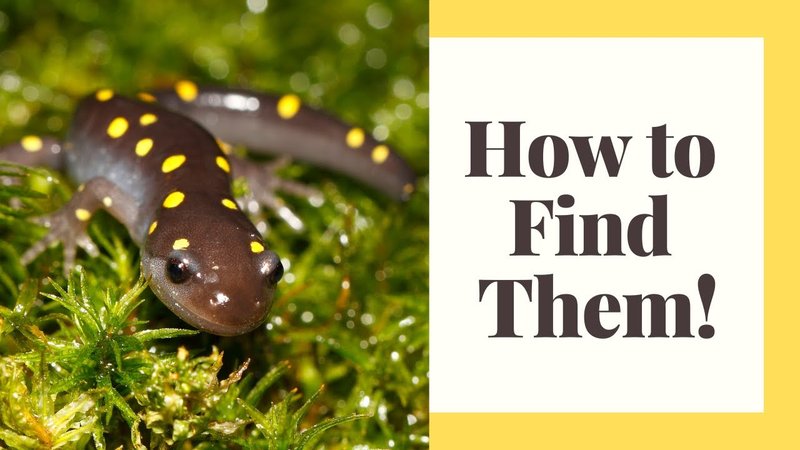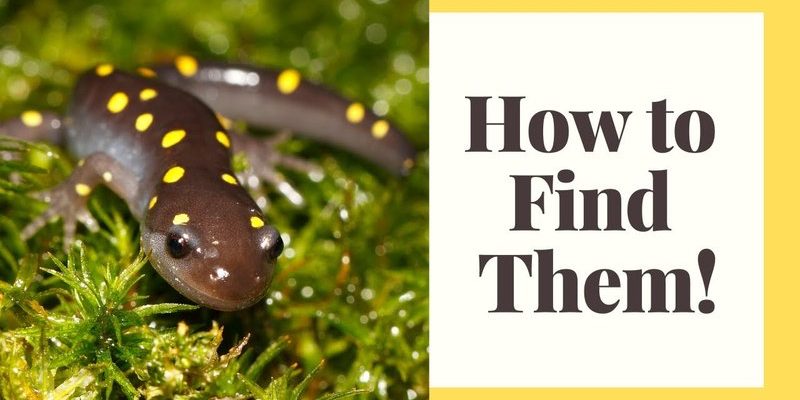
When you set out to identify a salamander in the wild, it’s a bit like solving a puzzle. You’ll need to piece together clues like color, size, and habitat. In this guide, I’ll walk you through the key features and techniques that will help you spot these slippery little guys. So grab a notebook and let’s dive in!
Where to Find Salamanders
Salamanders are most commonly found in cool, moist environments. They thrive in wooded areas, near streams, or in places with abundant leaf litter. If you’re venturing out on a salamander search, consider these prime locations:
- Forests: Look under logs, rocks, or leaf piles. They love to hide in cool, dark places.
- Wetlands: Ponds and marshy areas are great habitats, especially during the breeding season.
- Near Water: Salamanders often need water for reproduction; so around streams or shallow ponds, you might spot them.
You might be wondering why these spots are important. Well, salamanders depend on moisture to survive, as they have permeable skin that easily absorbs water. If they’re out in the open too long in the sun, they can dry out quickly. So, when you’re looking for salamanders, think shady and damp!
Identifying Common Species
There are quite a few species of salamanders, and each has its own unique features. Here are some of the most commonly found in North America:
- Eastern Red-backed Salamander: Small and slender with a reddish stripe running down its back.
- Spotted Salamander: Recognizable by its dark blue-black body speckled with bright yellow spots.
- Tiger Salamander: Larger with a stout body, featuring bold yellow or white blotches.
Each species also has its specific habitat preferences. The Eastern Red-backed Salamander, for example, can often be found under stones and logs in forests, while the Spotted Salamander prefers to breed in temporary pools during springtime. Understanding these details can be the key to your search!
Key Physical Features to Look For
When identifying a salamander, you’ll want to pay attention to several key physical features. Here’s what to consider:
Skin Texture and Color
Salamanders generally have smooth, moist skin. Their coloration varies widely, from earthy browns and greens to vibrant yellows and reds. This helps them blend into their surroundings, so be observant!
Body Shape and Size
Most salamanders have elongated bodies and short limbs, giving them a very distinctive look. They usually measure between 4 to 8 inches, but some types can grow even larger.
Other Identifiable Traits
Keep an eye out for specific markings, such as stripes or spots. These can significantly help in identifying the species at a glance. For example, a spotted salamander with yellow spots against a dark background is quite different from a plain brown one.
Honestly, don’t rush your observation. Take your time to study them, especially since they can be quite skittish and might dart away if they sense you nearby.
Understanding Salamander Behavior
Behavior can give you significant clues for identification. Salamanders are predominantly nocturnal, meaning they’re most active after sunset. If you’re searching during the day, look for signs of their presence, like trails or disturbed leaf litter.
You might notice different behaviors based on the season. In spring, many species migrate to breeding grounds and become more visible. During this time, you might catch them crossing paths or congregating in specific areas.
Also, during rainy nights, salamanders might venture out to hunt for insects. If you’re brave enough to don your raincoat and head out, you might be rewarded with a sighting!
How to Observe Salamanders Safely
When you’re out there searching for salamanders, it’s important to be respectful of their environment. Here are some tips to observe them safely and responsibly:
- Stay quiet: Sudden movements or loud noises can scare them away.
- Don’t handle them: While it might be tempting, it’s best to observe without touching, as salamanders are sensitive creatures.
- Help rake leaves gently: If you want to look under organic material, do so carefully to avoid hurting them.
You might be surprised by how quickly you can spot these creatures if you create a low-stress environment. In doing so, you respect their space and might even be rewarded with a friendly salamander showing off its colors!
Using Guides and Apps for Identification
Sometimes, you’re just stuck on what type of salamander you’ve seen. This is where guides and apps come in handy. Look for field guides that focus on your local area—they often have clear pictures and descriptions.
You can also explore mobile apps designed for nature enthusiasts. These apps let you upload photos and get instant feedback on the species you’ve found. It’s like having a personal guide right in your pocket!
Using these tools can enhance your experience and help you learn more about the wildlife around you. Sharing your findings with fellow enthusiasts can also be rewarding!
Why Identifying Salamanders Matters
You might be wondering, why does it matter if I can identify salamanders? Understanding these creatures plays a vital role in conservation efforts. Salamanders serve as important indicators of environmental health. Their presence—or absence—can tell us a lot about the ecosystem’s status.
By learning to identify salamanders, you’re not just having fun; you’re contributing to a greater understanding of our planet. It helps raise awareness about habitat preservation and the importance of biodiversity. Your keen eye can help protect these unique creatures and their homes for future generations.
As you step out into the wild, remember that every sighting is a small victory. Taking the time to learn about these creatures enriches your connection to nature and fosters a deeper appreciation for the delicate balance of life around us.
In conclusion, identifying a salamander in the wild is about keen observation, understanding their habitat and behavior, and respecting their roles within the ecosystem. So, whether you’re a nature lover, a budding biologist, or just curious, I hope this guide helps you on your journey. Happy salamander hunting, and may your next adventure lead you to these fascinating little amphibians!

